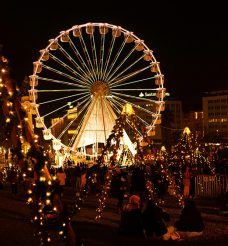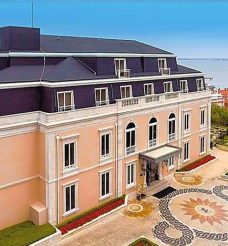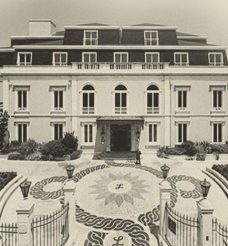
Born into a family of painters, sculptors, and engravers, Columbano Bordalo Pinheiro was born in Lisbon on November 21, 1857. The son of Manuel Maria Bordalo Pinheiro, he quickly recognized his natural talent for painting—an art form that seemed to be part of his very essence.
At just 14 years old, he enrolled at the Lisbon Academy of Fine Arts to study drawing and historical painting. Even then, he possessed a remarkable and solid foundation in painting, which led him to forge his own artistic path—often to the dismay of his teachers. He studied under sculptor Simões de Almeida and painter Miguel Ângelo Lupi, completing his degree in just four years and earning a silver medal.
In 1881, he traveled to Paris, supported by a scholarship granted by King Ferdinand II. A portraitist and interior painter with a touch of landscape artistry, Columbano had already exhibited his first work at the Salon of the Fine Arts Promotion Society in 1874.
Years later, he returned to the Academy of Fine Arts in Lisbon, this time as a professor of historical painting. He was also appointed the first director of the Museum of Contemporary Art, a position he held until his retirement. Columbano Bordalo Pinheiro passed away on November 6, 1929.

The reception room paintings at the Belém Palace, the panels in the Hall of Lost Steps at the São Bento Palace, and the ceiling of the National Theatre are all works authored by him.
Columbano participated in the decoration of the Lapa Palace (which at the time was a palace). He painted the walls and ceilings of the Columbano Room, whose magnificent ceiling fresco themed “Dancing Through Time” is his creation. Today, the room is a signature feature of the hotel, having once served as the palace’s ballroom.







